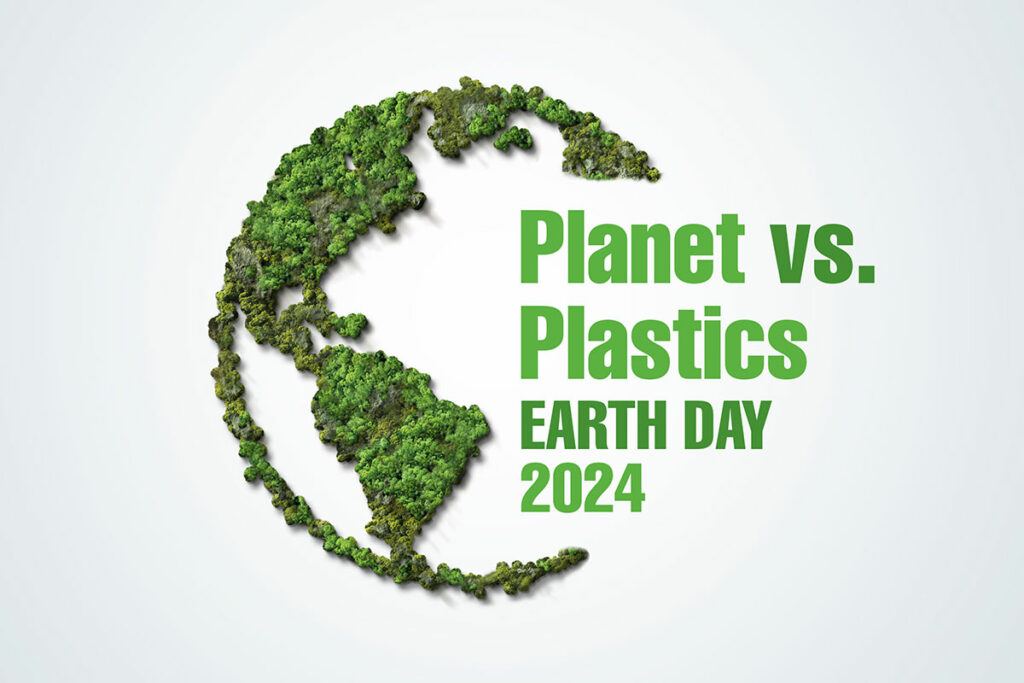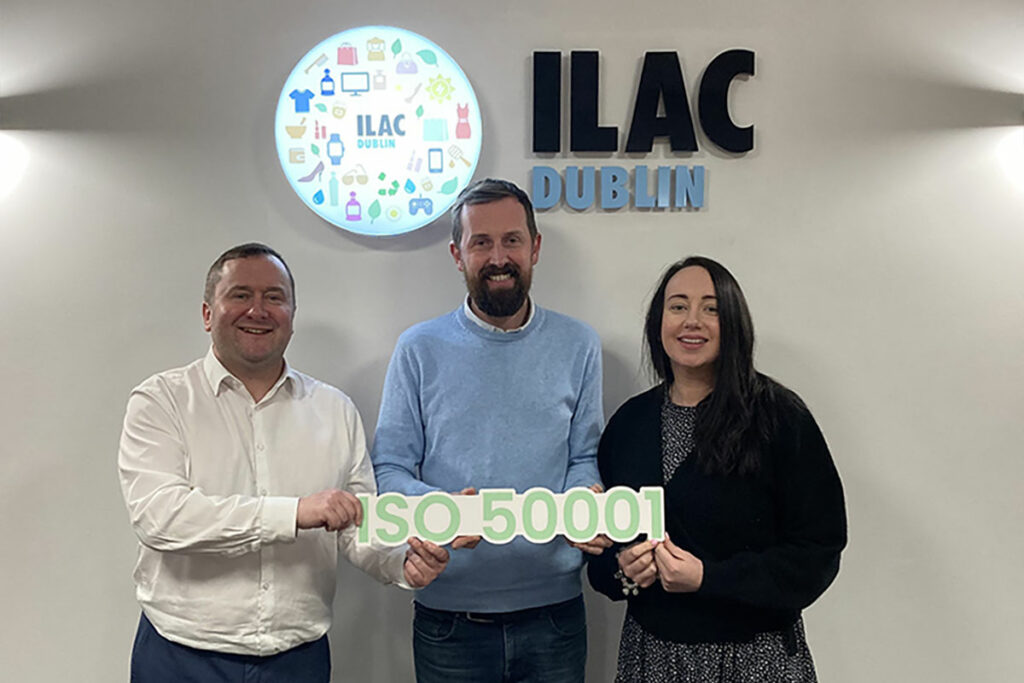It’s not just on operations that businesses need to set their sustainable sights. Sustainability in the workplace, like charity, begins at home. In a corporate case of practice what you preach, businesses need to build their sustainability programme from the ground up and meaning what happens on the ‘outside’ replicates what happens on the office, plant or shop floor.
Here are CGBC’s top tips for promoting workplace Sustainability & achieving ESG.

“The beginning of all things are small!”
Achieving sustainability often starts with small changes, and in the words of a certain supermarket chain, “every little helps!”. To begin with, developing an internal eco-friendly operations strategy will ultimately act as a guide for a seamless move to full 360 ESG.
Putting environmentally oriented practices into place in the workplace helps generate awareness across the workforce, gaining employee buy-in for green initiatives until ultimately they become the ones driving change. And, with more potential customers and employees seeking out green companies, what happens in the workplace and more importantly how it happens, has become even more relevant to continued corporate success.
To reduce your business’ carbon footprint and drive change in workplace practices, here are some ideas to get you and your employees on the green pathway.
Turn to Tech
We all know the usual sustainability suspects – dim the lights, reduced screen brightness, go paper free, if you can’t print double-sided b&w and recycle toner cartridges etc. etc..
However, turning to tech can make even more of an impact on your corporate carbon footprint.
Get sustainably savvy by turning to smart tech. Bring the power of smart plugs, smart metering and smart lighting to your offices, reducing consumption and costs and optimising performance.
Using smart tech such as light sensors will ensure your electrical appliances are used only when needed, ensuring usage is minimised and helping to significantly reduce carbon footprint.
In addition, using smart software to set parameters on employee emails and limiting access to certain mail addresses can help mitigate against volumes of spam & non-essential emails which add to an organisation’s carbon count.
Let’s Get Digital
In the Digital Age, doesn’t it kind of make sense to turn yours into a Digital Workplace?
From paperless to remote, online meetings to social connectivity, going digital can give your organisation the flexibility, speed and time it needs to focus on the important things like customer service, future business planning and operational excellence and compliance.
Optimised communication, streamlined interactions and employee collaboration are just some of the many advantages of a fully digitised workplace. Think across the board reduction on a grand scale – reduced energy consumption, reduced waste, reduced travel time, reduced emissions and as a result – reduced carbon footprint.
Green & Clean
Greenify the kitchen, canteen, bathrooms and cleaning products. Seems like a small thing? Not so. One of the biggest energy munchers on the planet is the kettle. Swap out the kettle for a berko and watch your energy bill shed some €€€s.
Switch from paper towels to hand dryers or even better, follow the example of the likes of Iarnrod Eireann and install a 3-ways bathroom unit which limits the volume of liquid soap, water and energy used by each customer.
Switch from bleach-based cleaning products to eco-friendly, non-chemical based ones and ditch the wipes unless they’re biodegradable.
Switch to Renewable
We’re all familiar with the 3 R’s – Reduce, Reuse, Recycle. Well, there’s a fourth R! Renew.
In this case, renewable energy.
Switching to renewable energy can help businesses save tens of thousands in the long-term. A classic example is an Irish hotel which was creaking under the weight of ever-growing energy bills, which had tripled in size within a 12 year period. Understanding that they had to invest to save, they installed a fully renewable energy system, which, when working at capacity, generates surplus energy which is then sold back to the grid, realising a substantial cost reduction. Significant quantifiable results in the form of some serious RoI were seen within the first six months of its implementation.
Dial Down Digital Pollution
When you turn out the lights and switch off the printer, you are also pulling the plug on Digital Pollution. Leaving devices on standby, dishwashers and hand-dryers plugged in and fluorescent and other lights on is not just a drain on energy consumption, it significantly contributes to employee and company emissions.
Night-time light is one of the biggest pollutants and disturbances of nature on this planet. Worse again, it is a well documented fact that digital pollution – including white and blue light – is one of the biggest triggers of anxiety, insomnia and stress in humans today. Companies wishing to adhere to their Social responsibilities need to address employee welfare in their policies if they wish to achieve compliance with their ESG reporting obligations.
BYOD - the new Digital Trend
One idea to counter Digital Pollution might be to set up a BYOD scheme; a policy permitting employees, particularly those working to the hybrid model and where the nature of their work and levels of access & security required allow for it, to use their own devices. This ensures those devices leave the premises at night, greatly reducing the potential for Digital Pollution.
Any weapon that can help in the fight against Digital and Energy Pollution is worth reviewing.
Get Your Feet Measured!
Size is Everything. Foot size that is. How large your carbon footprint is, is the fulcrum on which your sustainable transition will turn. Understanding the impact your business – at all levels – including your employees, has on the environment is at the crux of every viable sustainability plan.
What size is your carbon footprint? Don’t know? Get it measured! CGBC offers a thorough Carbon Footprinting service that can deliver accurate results and get you on the right pathways to a greener future!
Smart Tech? Even Smarter Goal Setting!
Getting Smart Tech to up the sustainable ante is one thing, realising ESG goals is an even greater challenge. Environmental, Social and Governance goals take planning and then some, especially the governance piece, which is why businesses at the start of their sustainable journey need to be super smart when it comes to setting reasonable and achievable goals.
Smart Tech? Even Smarter Goal Setting!
- Understanding what ESG is, how best to achieve it, what benefits it can realised; of importance to Irish businesses under new EU regulations – what is required of businesses in terms of ESG reporting;
- Clearly defined measures and tasks to achieve ESG;
- Setting KPIs and benchmarks against which progress can be measured;
- Having accurate and accessible data; having metrics to hand that will help you to understand where the gaps, pitfalls and opportunities for change are within your business; items such as energy bills, smart metering data, travel information, fleet metrics, data on electrical appliances and any analytics on performance etc.;
- Getting employee buy-in; driving awareness across the workforce and understanding how, when and where your employees can help achieve gains across the lines of Green, CSR, S&S, H&S and good Governance etc.;
- Alignment with current and future business objectives and strategies; integrate ESG goals with existing plans & policies for HR, Employee Welfare, H&S, CSR, Environmental Management and in terms of Governance – Supply Chain (from Suppliers through Logistics to Customers), Legal and Reg compliance & Leadership.
Get ‘Affianced’ - Employee Engagement is Key
One of the keys to unlocking the ESG door is, without doubt, employee buy-in. If they’re not in, you can’t win. The first step on the path of employee engagement is to start building a knowledge base. By increasing ESG IQ you can then engage them in developing and driving initiatives and innovation to help your organisation think outside the box and act strategically in terms of achieving ESG goals.
Getting staff buy-in to ESG goals can often be easier said than done, but where the benefits to all including nature and future generations have been clearly demonstrated it has been shown that employees will, more often than not, row in with proposed changes in processes and extra-curricular activities, especially those to the advantage of local or nearby communities.
One of the core objectives of the S in ESG is inclusivity. Organisations which deliver on inclusivity, equality and diversity have been shown to be leaders in terms of creativity and innovation. Why? Because they are more of a magnet for top talent than those companies which don’t reflect the values of Gen Now. Big winners in terms of attracting tier 1 talent, they are also the companies most likely to hit ambitious ESG gates because of that very fact.
Educate, Educate, Educate...
If you want your employees to accept changes to business processes and engage with sustainable and ESG policies and goals you firstly need to ensure they fully understand what it is you are trying to achieve and what exactly will be expected of them to help you achieve that.
Firstly, design an Employee Engagement Program, develop clear and accurate content and deliver it in as open, inclusive and interactive a way as to achieve the biggest and most long-lasting results.
Ensure activities are aligned with ESG goals and engage employees to help design and roll out initiatives across all three pillars.
Driving employee awareness will not just boost employee engagement, it will also ensure your employees understand ESG requirements, those measures needed to achieve full compliance and what metrics and data are required of them for mandatory reporting purposes. This in turn will help your organisation achieve compliance with the new EU ESG regulations

ISO and ESG
Fostering a sustainable & ESG-aware work culture, one that prioritises the employee welfare, eco-friendliness and social justice is a workplace that promotes healthy work-life balance, responsible energy and food consumption and optimal energy and waste management.
Working to ESG goals helps companies focus on those strategies which will ultimately help them grow their business, customer base and employee talent-pool.
Adopting and adapting to ESG is the way forward for progressive and ambitious companies. Setting sustainability goals, educating employees, promoting work-life balance, advocating for inclusivity and putting the tools and frameworks in place to monitor and measure progress are just some of the critical path to modern-day business success.
One of the most effective tools any organisation can leverage to achieve Sustainability and ESG goals is an ISO Integrated Management System. From Quality through Environmental to Health and Safety, ISO standards provide the optimal benchmark against and framework upon which you can build a robust, innovative and sustainably sound business that is fit for ESG purpose.
CG Business Consulting’s Sustainability Division is fully equipped to help you meet your ESG needs. Why not give us a call? One of the team will be more than happy to have a chat with you about the EU regulation, sustainability change process or ESG awareness. Whatever the ESG problem, we can deliver a bespoke solution to meet your needs.
More on Sustainability from CGBC

Earth Day 2024



